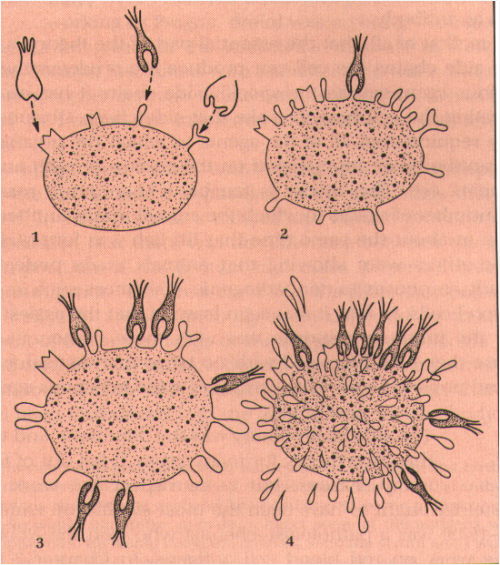Immunoglobulin - Blog Posts

Antibodies are the secreted form of B-lymphocyte receptors and are a part of adaptive immunity, but how are these proteins formed?
Above is a diagram illustrating Paul Ehlrich’s Side Chain Theory of Antibody Formation. Ehlrich proposed that immunoglobulin molecules, a fundamental component of adaptive immunity, served as membrane bound proteins that bound to particular threats, similarly to the former “key in lock” view of enzymes in catalyzing biological reactions. Ehrlich also suggested that the action of binding a pathogenic molecule to the receptor would generate a signal to stimulate the production of more receptors of the same specificity. These “side chains” that were added on would then break off from the cell surface and become what we call antibodies.
We now know, however, that soluble immunoglobulin receptors are specially manufactured to be secreted as antibody, rather than just “breaking off” of the lymphocyte, even though they have the same specificity as their membrane-bound counterparts.